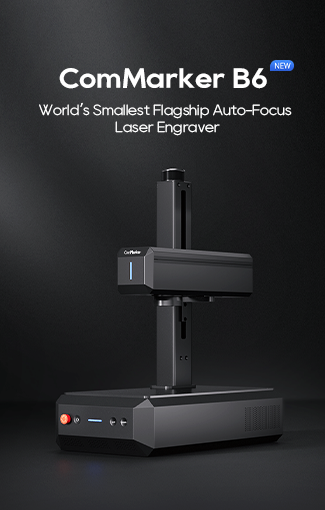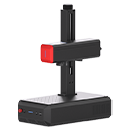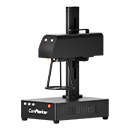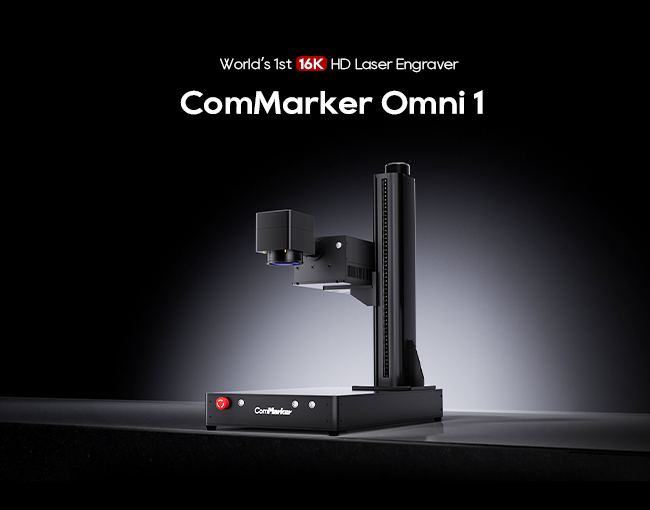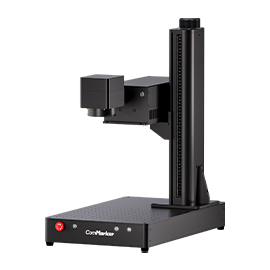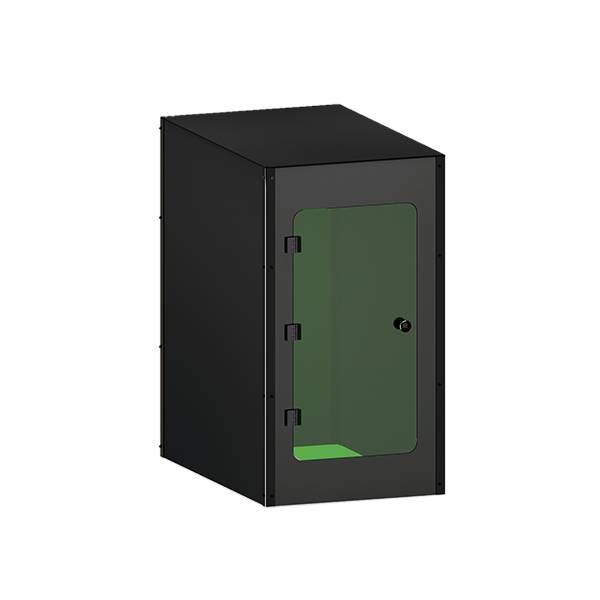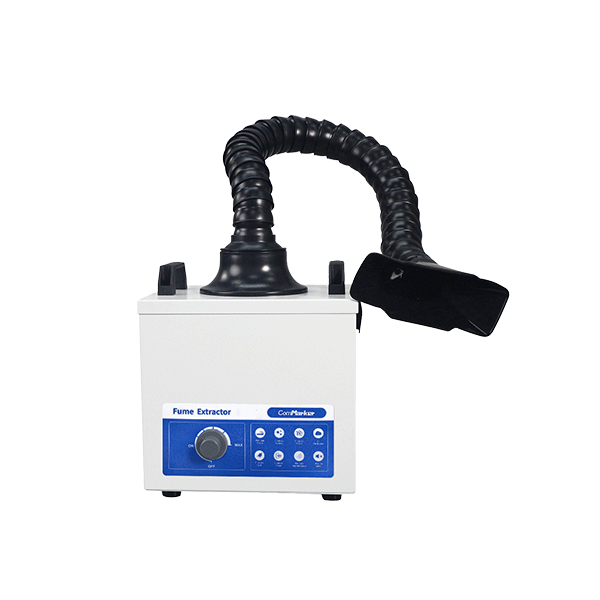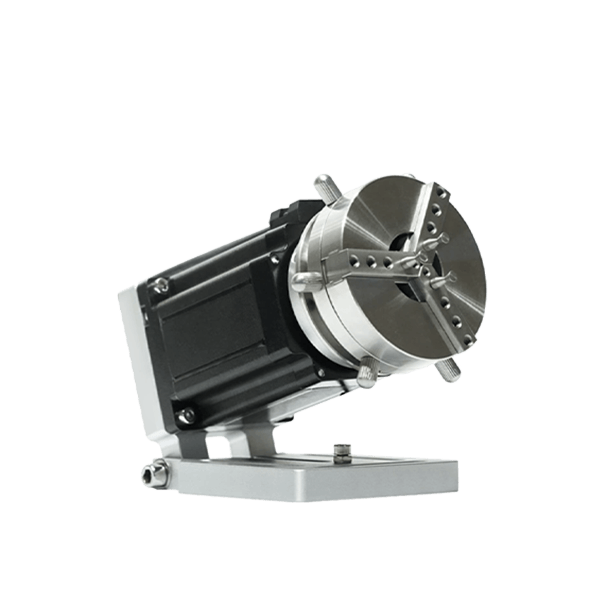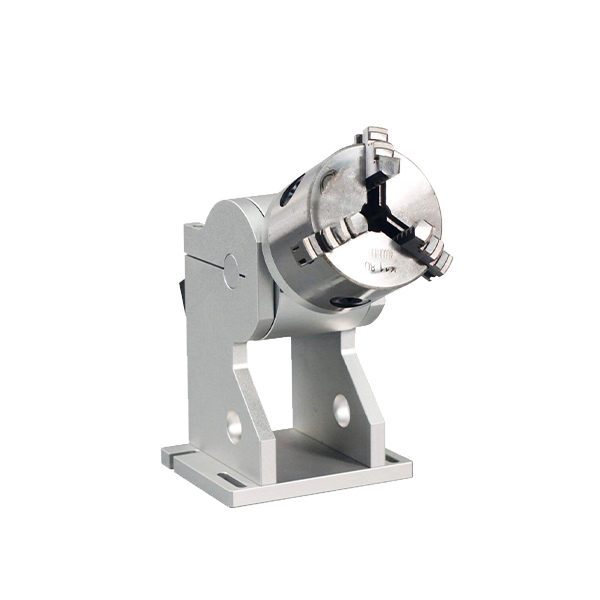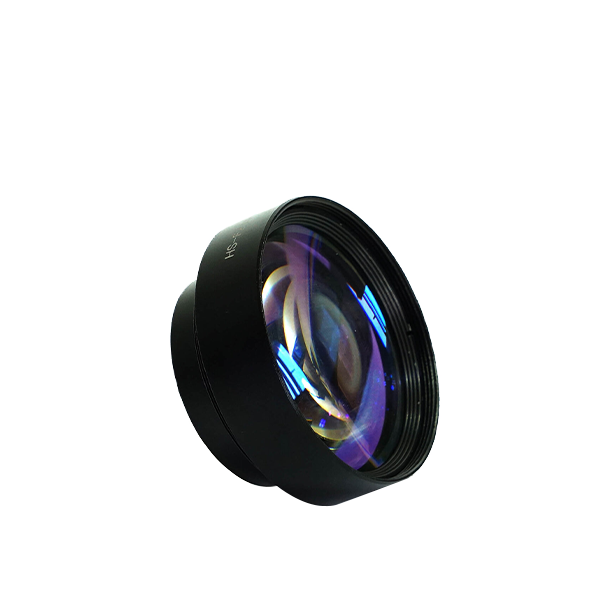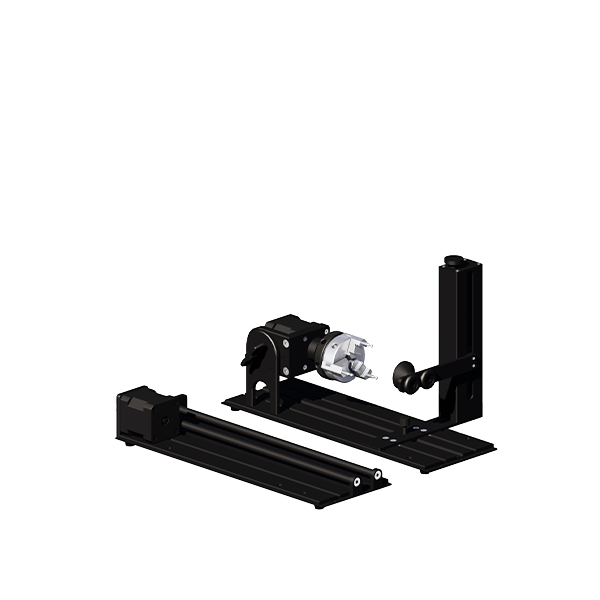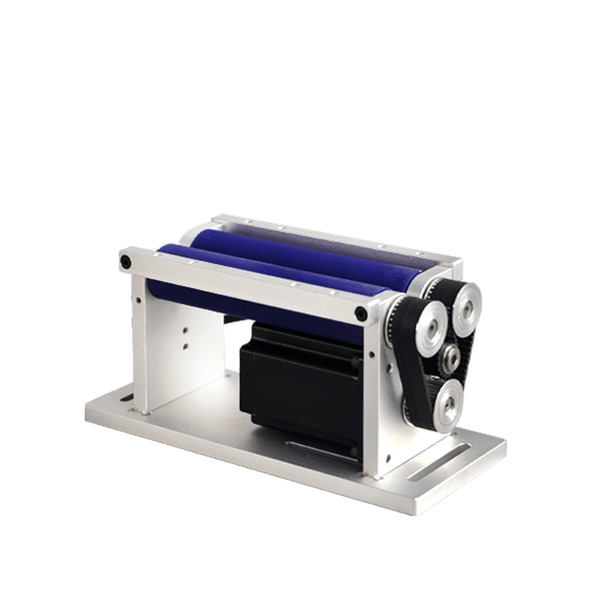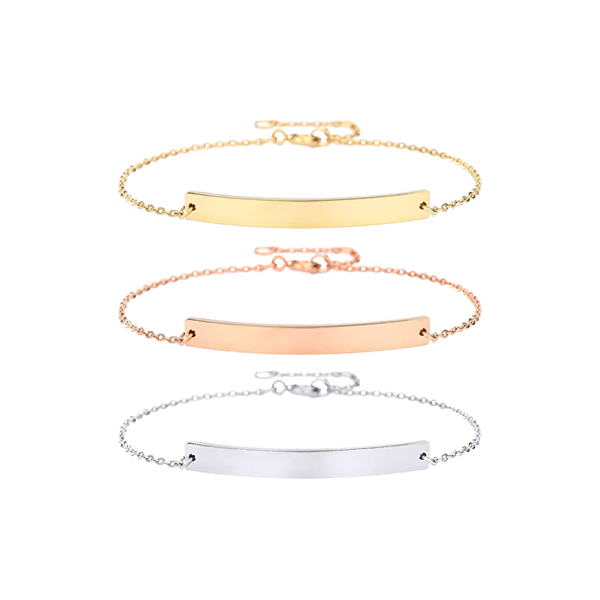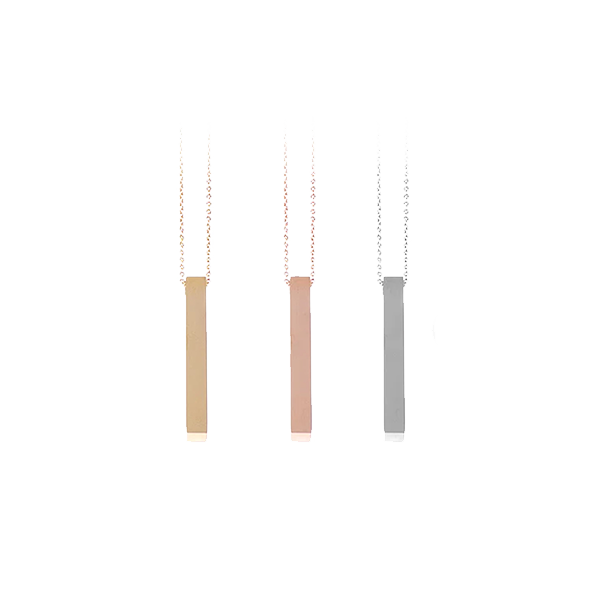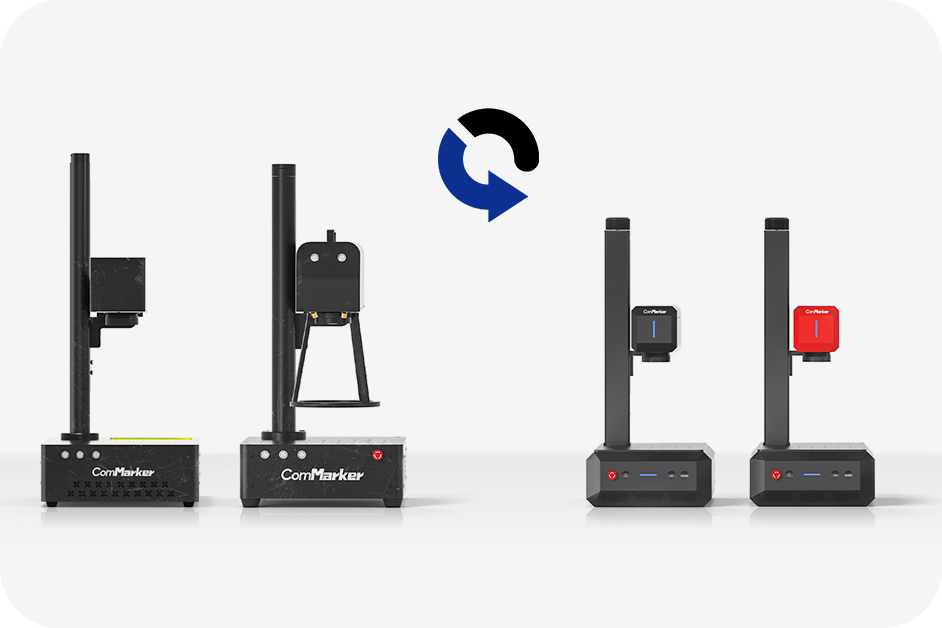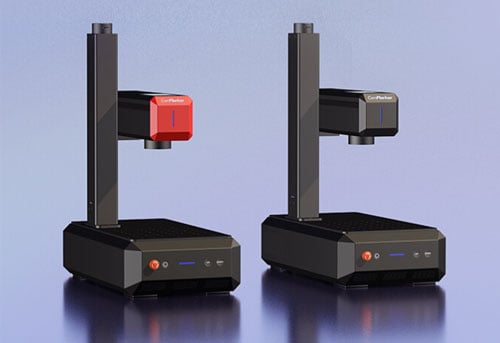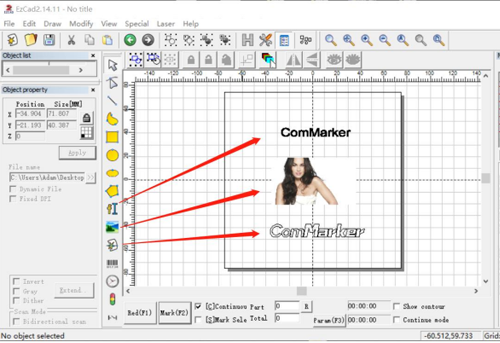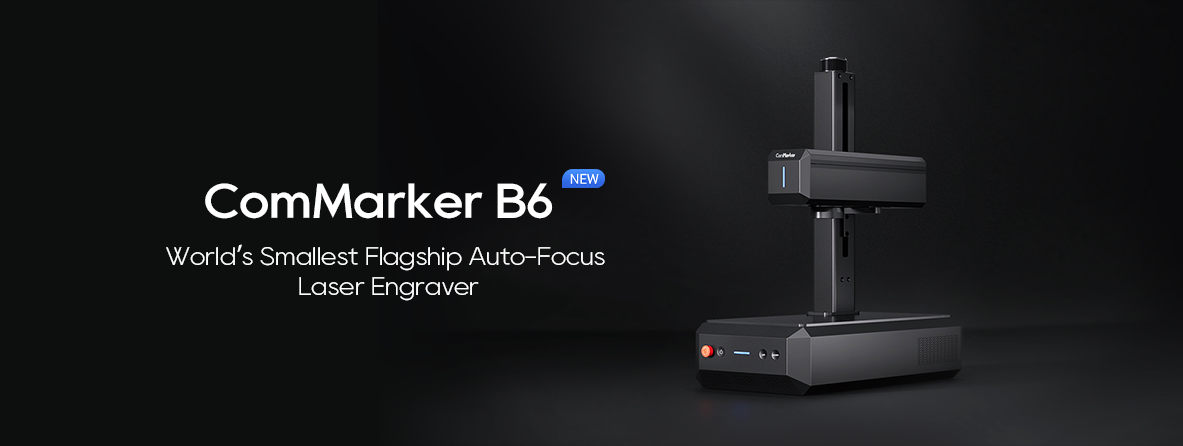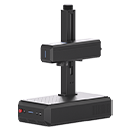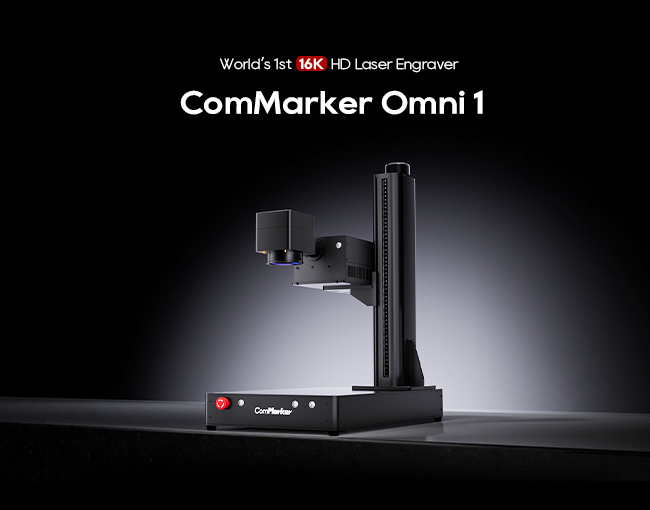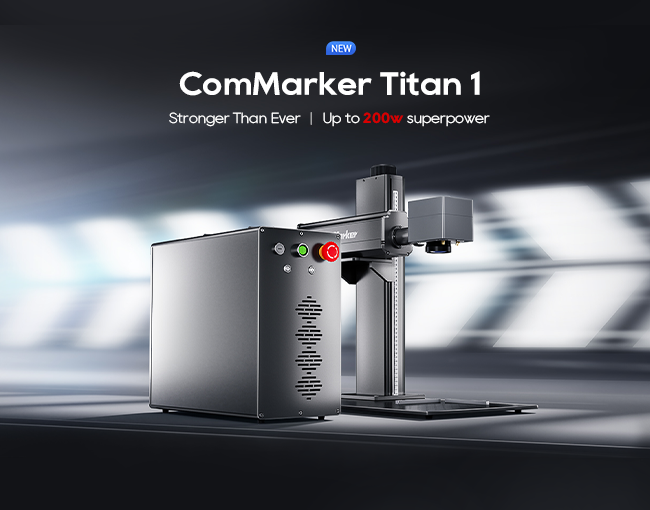From its inception in 1996, laser engraving development has seen many phases. From bulky machines to desktop laser devices took some years to evolve. Now the market is thriving with lasergraver that are portable and user-friendly. With highly focused laser beams, they are compatible with engraving on a diverse set of materials.
Since flexible manufacturing and the POD industry have taken flight with the advent of social media, laser-engraved products are high in demand. These laser engravers have also found applications in industry-related fields, medical equipment labeling, artwork creation, and other sectors.
derimot, it is essential to know all the functions behind a laser engraving machine. I denne artikkelen, we will be discussing all its aspects in detail.
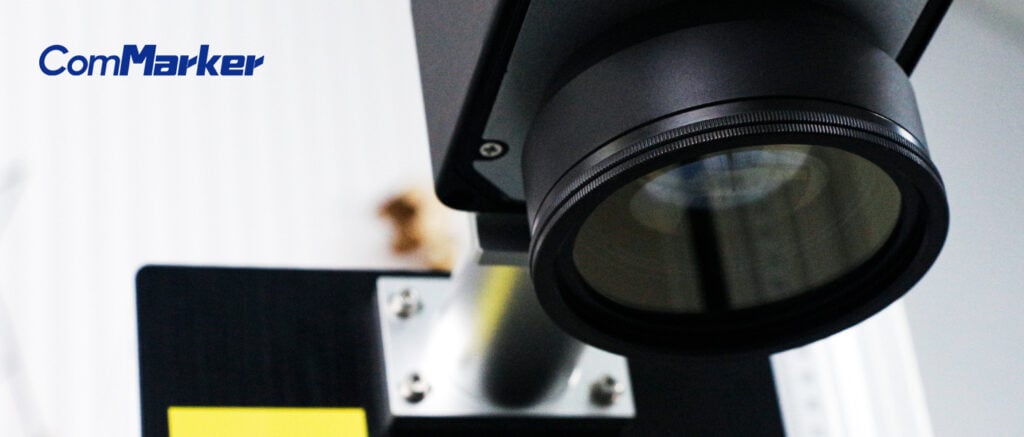
Basic Principles of Laser Engraving
The operation of a laser is simple. The photons produce a ray of light by causing others to be produced and move with them. The beam emerges from the laser chamber and is redirected to the substance processing unit. Laser frequency determines whether the beam goes via optical fibers.
After taking in a large amount of energy, atoms shift from a state of minimal energy to a highly charged one. The term “excited state” is used to characterize this condition.
Emission
- If atoms are in an excited state, they will want to revert to a lower energy level as soon as possible, since this state is unstable. This is transition. Whenever this happens, a quantity of light with an energy equal to this difference is released. It is termed natural emission when this happens.
- By colliding with additional atoms in an excited state comparable to the one from which it was produced, the emitted light triggers a phase change. Stimulated emission describes this kind of emitted light beam.
- This causes population inversion, which gives out a coherent beam of light. Lasers are popular in many fields because they are geometrically coherent. Optical amplification emits light in a laser. It involves electromagnetic wave stimulation. It comes from high-intensity photons.
- Lasers emit a focused electromagnetic beam. It is completely monochromatic. It also exhibits collimated and uniform dispersion. The same basic principle allows laser engravers to produce items quickly and affordably for both large manufacturing firms and SMEs.
Fokus
- When performing laser engraving, it is critical to ensure that the laser beam is focused precisely, since this affects both the extent and level of the engraving. ComMarker B4 creates high-quality engraving with a precision of 0.01mm.
- Precise and deep engravings result from a laser beam that has been properly focused. Absorption is enhanced by this. Whereas superficial engravings are the result of a laser beam that has not been properly aimed.
Physical Properties of Lasers and their Interaction with Materials
There are a few physical properties of a laser. These apply to laser engravers in particular. Here we’ll take a more detailed look at a few of them.
1. Monochromaticity
Because of its single wavelength, laser light is said to be monochromatic. This contrasts with natural light, which has multiple wavelengths. Laser engraving works best with monochromatic laser light to manage depth and accuracy. Metals come into play in this case. 3D printing is done due to the laser’s monochromatic nature.
2. Coherence
Light from a laser is coherent because its pulses are in phase with one another. The variation is with incoherent natural light. The sharpness and clarity of laser engravings depend on the cohesiveness of the laser light used in the process.
3. Bølgelengde
The diameter between 2 successive peaks in a laser’s light beam is its wavelength. Engravable materials depend on laser wavelength.
4. Collimation
Laser light is collimated. This means that its beams are parallel to one another. This is compared to the dispersion of natural light across distance. Collimation of the laser beam is crucial for laser engraving, since this enables the carving of fine details. This can draw straight lines, which are also used in labeling equipment and metals.
5. Pulse Duration
The period when a laser’s beam is active, eller “pulsed,” is referred to as the pulse duration. When using a laser for engraving, the standards of the engraving might be affected by the pulse duration. This is ideal for creating high-quality medical implants. The customization industry also benefits from this, as leather and aluminum products can be engraved due to this.
Main Components of Laser Engraving Machines
The laser engraving machine is a complex device. It consists of the following components.
1. Selection and Characteristics of Laser Sources
Selecting the type of laser sources is primary when determining which material to engrave. Various laser engravers such as CO2, Diode, and fiber lasers employ almost the same principle but have different applications. Fiberlasergravere are some of the most effective because of their monochromatic and coherent nature. ComMarker B4 is among the finest in all of these.
2. Lenses and Focusing Systems
The focusing system projects the laser light onto the engraving medium. There are manual and automated focusing systems. The first devices need manual optical focusing adjustment. Autofocus systems adjust lenses automatically.
Customer demands determine the most effective lenses and focusing systems. Excellent quality convex lenses with adjustable focusing are suitable for engraving multiple materials. For big engravings, use a concave lens with automated focusing. Engrave distant objects employing a collimating lens with automated focusing.
3. Worktable and Material Fixation Devices
User demands to determine the optimum laser engraver worktable and material anchoring systems. The majority of the typical laser engraver worktable is flat. Vacuum panels mounted on a flat worktable are a great option for engraving a wide range of materials.
A revolving worktable is used for engraving spherical items. For engraving big or bulky items, a conveyor belt worktable is ideal. The materials are held in place by clamps as well. When vacuum or magnets won’t work, they come in handy for holding items that are excessively large or hefty to adhere to the surface.
4. Control Systems and Software
Open-source software is ideal for use in laser engraving machines. When we look at the ComMarker B4, LightBurn is an industry-specific software for managing laser engravers. Supporting formats which include G-code, raster pictures, and vector sketches, it is compatible with a wide range of laser engravers.
The Complete Process of Laser Engraving
Laser engraving follows the described process.
Selection and Preparation of Materials
The first part of the engraving process is to select the engraving material. Make sure that the substance is compatible. Developing the engraving’s design is the first order of operation. The layout must be in vector layout, which consists of straight lines and curved lines, to be used.
Getting the material ready for engraving is essential. In certain cases, this will need stripping the material of its protective covering or scrubbing it. For the laser beam to have a productive interaction with the substance, it must be clean.
It is also important that the material has enough support. Keeping the material still throughout the engraving process is essential.
Parameterinnstillinger
Make sure the lasergraveringsmaskin is ready for operation by setting it up. This involves modifying the intensity and rate of the laser, as well as the angle and strength of the focused beam. The time that a laser beam falls on a substance is proportional to its speed.
The laser’s ability to concentrate controls how deeply the surface is carved. Alignment of the machine is also essential. The precision of the laser beam’s impact on the substance depends on this. In the case of ComMarker B4, you can adjust the laser’s focus by pressing the ascending or descending button till the 3 red lights intersect.
The device has a focal length of 110×110, and the measured length is the vertical height of the laser head with the top layer of the engraving medium. Precise measurement of this parameter is required. This is because the inconsistency of the laser causes the difference in focal length.
Design and Programming
Both original and pre-existing designs may be used. For the laser engraving equipment to read the artwork, it must be translated from one specific format to another. Commonly, this is accomplished with the use of a regular vector image. 3D designs can be created through this as well, utilizing laser engraving software such as EZCAD2.
The substance is vaporized or chipped by the laser beam to produce the intended impression. The outermost layer of the material is scanned with a laser beam following the planned pattern. The time required for engraving might vary with design size and intricacy.
Post-processing and Cleaning
After the engraving process is finished, the material may be withdrawn from the machine so that the printing can continue. Clean the material properly and wipe the residue off.
Application Areas of Laser Engraving
Industriell produksjon
Laser uses in manufacturing are endless. Everything from SMEs to major businesses utilize lasers for diverse functions. Lasers are popular because they mark and process quickly. Mid-powered lasers are capable of welding sheet metals. Such as the commercial laser engraver machine 30W fiber laser engraver ComMarker B4.
Branding and Serialization of Products
Products may be marked with serial numbers, barcodes, and other identifiers using laser engraving. In addition to preventing counterfeit products, this improves product traceability in the production and distribution process.
Production of Jewelry
Names, datoer, and special messages may be laser engraved onto a piece of jewelry to make it unique. This makes the jewelry more sought-after because of its exclusivity and worth.
Creating Advertising Materials
Personalized markings on promotional items like markers, krus, and medals are created by laser engraving. Marketing and advertising are aided by this practice.
Art, Decoration, and Gift Customization
The main laser engraver-using industries are art, media, og gavetilpasning. Trending ideas are inspiring artists to use lasers to create contemporary art. In the entertainment sector, laser engravers are used to create personalized items and prints.
As the Print-On-demand industry grows, fiber laser maskin can quickly manufacture customized items. ComMarker B4 can draw complex patterns, initialer, and other designs.
Elektronikkindustri
Laser engraving is a common method used by Circuit manufacturers to permanently engrave the circuit board’s serial code onto it. In the electronics industry, it may be used to add logos and other designs on various parts.
Damaged smartphone displays may be fixed by it. Laser engraving allows electrical components to be adjusted to the individual’s demands by the manufacturer of medical devices.
Advantages and Limitations of Laser Engraving
There are certain benefits as well as restrictions on using laser engravers. These are discussed below.
Fordeler
- Laser engraving allows for very precise and in-depth engravings, particularly for small or delicate items.
- Its adaptability makes it suitable for usage on many substrates, including titanium, krom, rustfritt stål, gull, sølv, kuhud, etc.
- Making engravings using a laser may be a fast and simple process.
- In addition to being safe for the item being engraved, the fact that it is a non-contact procedure also makes it quite convenient.
- Automation of this process makes it possible to reduce the time and money spent on labor.
- Strong and long-lasting engravings are the result of laser engraving.
Begrensninger
- High costs are common for laser engraving machines.
- If not utilized appropriately, a laser engraving machine poses serious health dangers.
- Incorrect laser settings might cause irreparable harm to the material being carved.
- A skilled operator is needed to run such a tool.
- Some materials, including those with an elevated water content or that refract light, are not appropriate choices for laser engraving.
Future Development Trends
Laser technology seems to have infinite potential due to the breadth of its potential uses. Specialists in the business world are working to incorporate lasers into a wide variety of industries. These include medical care, industrial production, strømlagring, the media, og mer. Due to the industry’s rapid expansion, the future of lasers looks bright for revenue as well as sales. The need for highly effective lasers in agricultural settings may rise as a result of this.
- Energy-efficient laser engraving is being developed for environmental sustainability
- Vegetables and citrus fruits are only some of the food items that may be laser engraved. Whether it’s for personalization purposes (such as adding a logo or a message) or for the sake of visual appeal, this is often the case.
- Embroidering and laser engraving are both employed in the fashion business. This may be done to personalize the product with the brand’s details or to add an exclusive design or pattern.
- Laser-guided aircraft and automobiles that drive themselves are in the works. Også, continuous communication via optical fiber in open air has not yet been achieved.
- In the future, 3D printing might become a standard feature of flexible manufacturing.
- To modernize their respective fields, both DNA sequencing tools and high-production facilities are using advanced laser technology.
ComMarker B4 20W fiberlasergraver
Elektrisk løft: ComMarker B4-20W har en avansert, skjult løftemotor. 3D Preging og dyp gravering: B4-20W lasergraveringsmaskinhåndtak intrikate, 3D-gravering på flere nivåer og dypgravering på metall og stein. Romslig arbeidsområde: 110mm og 200 mm doble linser, markeringsområde med doble røde prikker for presis kalibrering og fokusering. Bred kompatibilitet: Gravere…
Konklusjon
I dag, lasers are being put to use in a wide variety of industries because of their power and versatility. In addition to engraving, laser engravers are used for printing and manufacturing purposes in the production of items for specialized product lines. We hope this article helped you understand laser engravers and the technology behind them.




